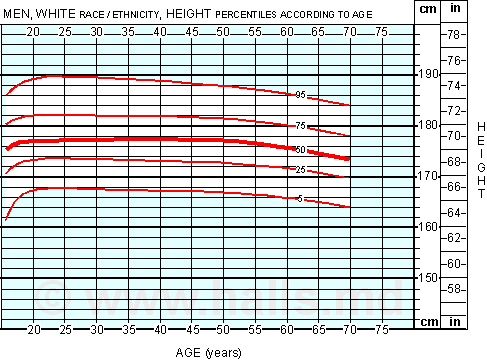Genetic and congenital disorders
Inherited, genetic and congenital disorders
What’s the difference?
Which is the difference between inherited, genetic and congenital disorders? We often hear about hereditary and/or genetic and/or congenital disorders. Unfortunately, these terms are often confused or, even worse, used interchangeably. A hereditary disorder is certainly genetic: indeed, it can be defined as a disease caused by a genetic mutation that has been transmitted from parents to the offspring. Instead, “congenital” refers to a disease present from birth. However, it is not certain that a congenital disorder is also genetic and that, if genetic, it is also hereditary or transmissible.
Genetic and not genetic
Therefore the primary classification is in hereditary diseases (all genetic) and congenital diseases (not all genetic). For example, malformation syndromes are congenital diseases because they are clinically evident from birth (and sometimes already in utero through ultrasound), but they are not always hereditary. Fetal malformations due to exposure to pollutants or so-called teratogenic drugs, for example, are non-hereditary congenital disorders. On the other hand, mucopolysaccharidosis, mucolipidosis, and syndromic diseases of metabolic origin are under the chapter of hereditary congenital disorders.
Not inherited and not transmissible genetic defects
There are also intermediate cases characterized by genetic defects which, due to their particular origin, it is not entirely appropriate to classify as hereditary. Classic example: de novo chromosomal disorders. Malformation syndromes of chromosomal origin are due to de novo chromosomal aberrations, i.e., absent in the parent, and caused by pre or post-zygotic chromosomal rearrangement events. Therefore, unless the chromosomal defect is present in a certain amount of sperm or egg cells of one parent (germinal mosaicism, which is impossible to exclude with certainty), it is improper to define these syndromes as hereditary.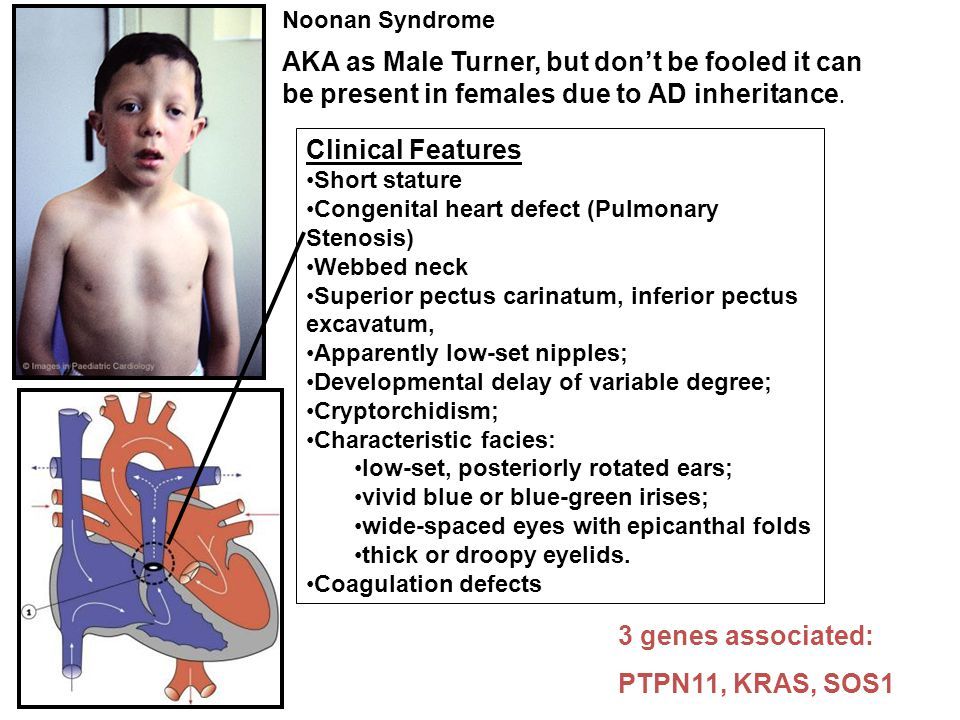 Furthermore, since, in many cases, these syndromes prevent the affected individual from reproducing, the disease is not transmissible.
Furthermore, since, in many cases, these syndromes prevent the affected individual from reproducing, the disease is not transmissible.
De novo mutations
All the disorders caused by de novo genetic mutations (both chromosomal and genic) would deserve a deeper discussion. But, overall, de novo is used to label a mutation identified in the affected person and absent in both parents. This can have two causes: (1) the genetic defect is post-zygotic: the mutation arises during the first cell divisions after fecundation, and as such, it will be present only in some cells of the newborn. In this case, we talk about “somatic mutation.” (2) The genetic defect is pre-zygotic, present in one of the parents but only in some cells of the parental gonads. In this case, we talk about parental gonadal mosaicism in one of the parents.
Empirical risk
A parent with gonadal mosaicism will be completely asymptomatic (or only mildly affected if the mutation is also present in some body cells) and will have an empirical risk of retransmitting the mutation in subsequent conceptions. Such risk is estimated to be around 5%. However, not all pre-zygotic defects are present in mosaic: in many cases, the mutation is thought to arise in a single sperm or egg cell. The difference between the de novo vera mutation and the mutation derived from parental gonadal mosaicism is therefore evident. However, since it is not currently possible to perform a test to verify parental gonadal mosaicism, the two conditions are considered equally from a practical point of view. Therefore, an empirical reproductive risk of about 5% is given attributed in genetic counseling.
Such risk is estimated to be around 5%. However, not all pre-zygotic defects are present in mosaic: in many cases, the mutation is thought to arise in a single sperm or egg cell. The difference between the de novo vera mutation and the mutation derived from parental gonadal mosaicism is therefore evident. However, since it is not currently possible to perform a test to verify parental gonadal mosaicism, the two conditions are considered equally from a practical point of view. Therefore, an empirical reproductive risk of about 5% is given attributed in genetic counseling.
What is a congenital disorder?
What is a congenital disorder? | Pregnancy Birth and Baby beginning of content5-minute read
Listen
What is a congenital disorder?
A congenital disorder is a condition that is present from birth.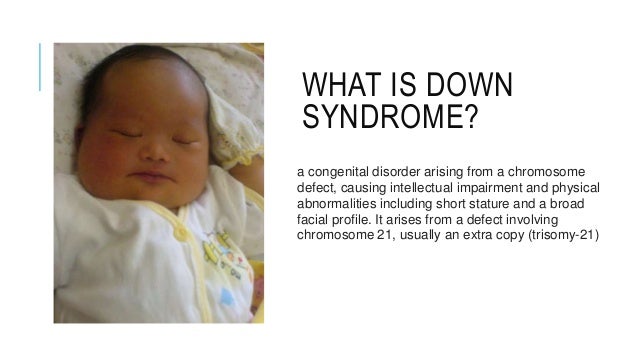 Congenital disorders can be inherited or caused by environmental factors. Their impact on a child’s health and development isn’t always severe, and sometimes it can be quite mild. However, a child with a congenital disorder may experience a disability or health problems throughout life.
Congenital disorders can be inherited or caused by environmental factors. Their impact on a child’s health and development isn’t always severe, and sometimes it can be quite mild. However, a child with a congenital disorder may experience a disability or health problems throughout life.
It’s natural to be concerned about congenital disorders if you’re pregnant or planning a pregnancy, especially if your family has a history of a particular disorder. It’s possible to test for some, but not all disorders during pregnancy, and there are also things you can do to reduce the chances of your baby being born with a congenital disorder.
What are the most common congenital disorders?
Some common congenital disorders are:
- cleft lip and cleft palate — usually diagnosed during routine scans in pregnancy
- congenital heart disease — including a hole in the heart, a valve problem or a problem with the blood vessels. These are usually diagnosed during routine scans in pregnancy or during newborn screening.

- cerebral palsy — usually diagnosed in the first few years of life
- Fragile X syndrome — may be diagnosed through genetic testing during pregnancy or in the first few years of life
- Down syndrome (Trisomy 21) — usually diagnosed through genetic during pregnancy
- spina bifida — usually diagnosed during routine scans in pregnancy
- cystic fibrosis — usually diagnosed during newborn screening
What tests for congenital disorders are available in pregnancy?
Testing for some congenital disorders, such as Down syndrome, can be performed using a blood test from 10 weeks of pregnancy onwards. Although many parents choose to have tests during pregnancy, it is not compulsory. Some parents choose not to have tests.
Screening tests are designed to identify babies who may be at increased risk of a congenital disorder. If a screening test does not rule out your baby having a congenital disorder, the next step is to have a diagnostic test.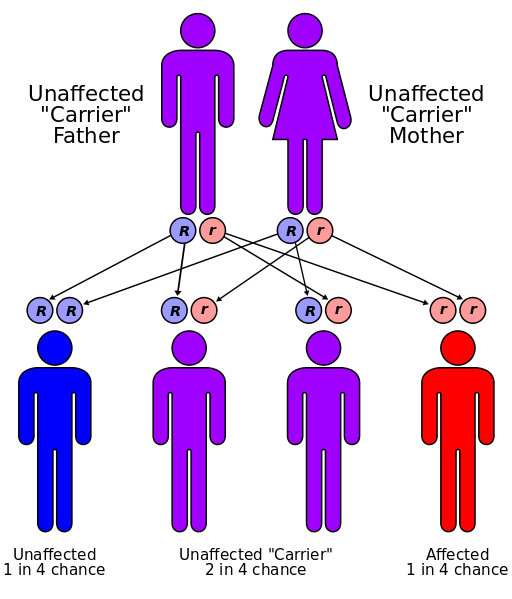
Diagnostic tests, such as ultrasound scans, blood tests and sometimes urine tests, aim to identify babies who have a congenital disorder and to find out what that disorder is.
However, it is not possible to test for all congenital disorders during pregnancy, and testing is not perfect.
Chorionic villus sampling (CVS)
Chorionic villus sampling, or CVS, is usually performed between 10 and 13 weeks of pregnancy if screening tests show your baby may have a congenital disorder. CVS can be used to diagnose babies with Down syndrome or other genetic conditions. You would be given a local anaesthetic and a doctor would use a needle to collect a small sample of cells from your placenta, which is then sent for testing.
Amniocentesis
This test is done after 15 weeks of pregnancy and may be done instead of, or as well as CVS. It can provide a definite answer as to whether your baby has Down syndrome or another congenital disorder.
Amniocentesis involves taking a small amount of fluid from around your baby, using a needle and after a local anaesthetic, which is then sent for testing.
There is a very small risk of miscarriage with both CVS and amniocentesis.
Can congenital disorders be prevented?
If you have a personal or family history of certain congenital disorders, you can have genetic tests before you become pregnant. You may wish to meet with a genetic counsellor to discuss your family history, the likelihood your baby will have any congenital disorders, and possibly to arrange to have genetic testing.
If you are having in vitro fertilisation (IVF) treatment, your embryo can be tested at 2 to 4 days old, before it is implanted into your uterus.
Other things you can do to try to prevent congenital disorders include:
- eating a healthy diet with enough vitamins and minerals, in particular folic acid, during the reproductive years
- taking folic acid supplements before you become pregnant and for the first trimester of pregnancy
- avoiding alcohol, smoking and other drugs because these can harm the fetus
- controlling diabetes and gestational diabetes
- avoiding exposure to chemicals in your environment, such as pesticides or lead
- being vaccinated, especially against rubella
Newborn testing and assessment
A paediatrician and other health professionals examine your baby in the first few days of life to check for hearing problems, heart conditions, and blood, metabolism and hormone disorders. This is called newborn screening. Early detection of such problems can often prevent them from becoming more serious physical, intellectual, visual or hearing disabilities.
This is called newborn screening. Early detection of such problems can often prevent them from becoming more serious physical, intellectual, visual or hearing disabilities.
Sources:
Raising Children Network (Tests in pregnancy), Raising Children Network (Newborn screening), Raising Children Network (Antenatal tests: chromosomal abnormalities and other conditions), Raising Children Network (Congenital heart disease), World Health Organization (Congenital anomalies), The Royal Children's Hospital Melbourne (Cleft lip and palate), Cerebral Palsy Alliance (Signs and symptoms of Cerebral Palsy), Fragile X Association of Australia (Testing and screening for Fragile X), NSW Health Centre for Genetics Education (Screening tests during pregnancy), Sydney Children's Hospitals Network (Spina bifida)Learn more here about the development and quality assurance of healthdirect content.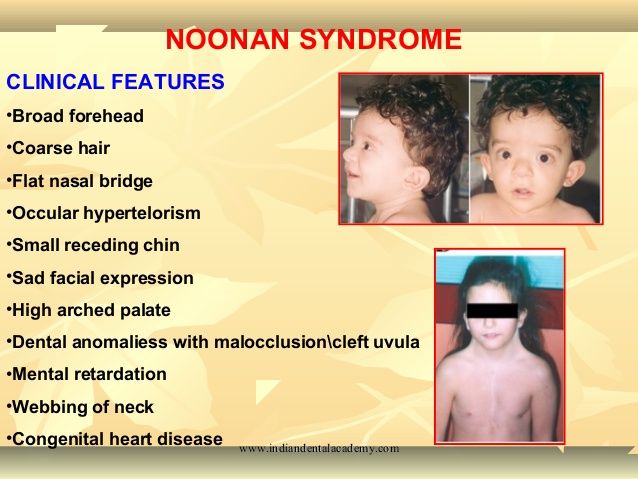
Last reviewed: June 2021
Back To Top
Related pages
- Disability and parenting support
- Early childhood intervention
- What is a childhood disability?
- Your feelings about your child's disability
- Disability rights for children
Need further advice or guidance from our maternal child health nurses?
1800 882 436
Video call
- Contact us
- About us
- A-Z topics
- Symptom Checker
- Service Finder
- Linking to us
- Information partners
- Terms of use
- Privacy
Pregnancy, Birth and Baby is funded by the Australian Government and operated by Healthdirect Australia.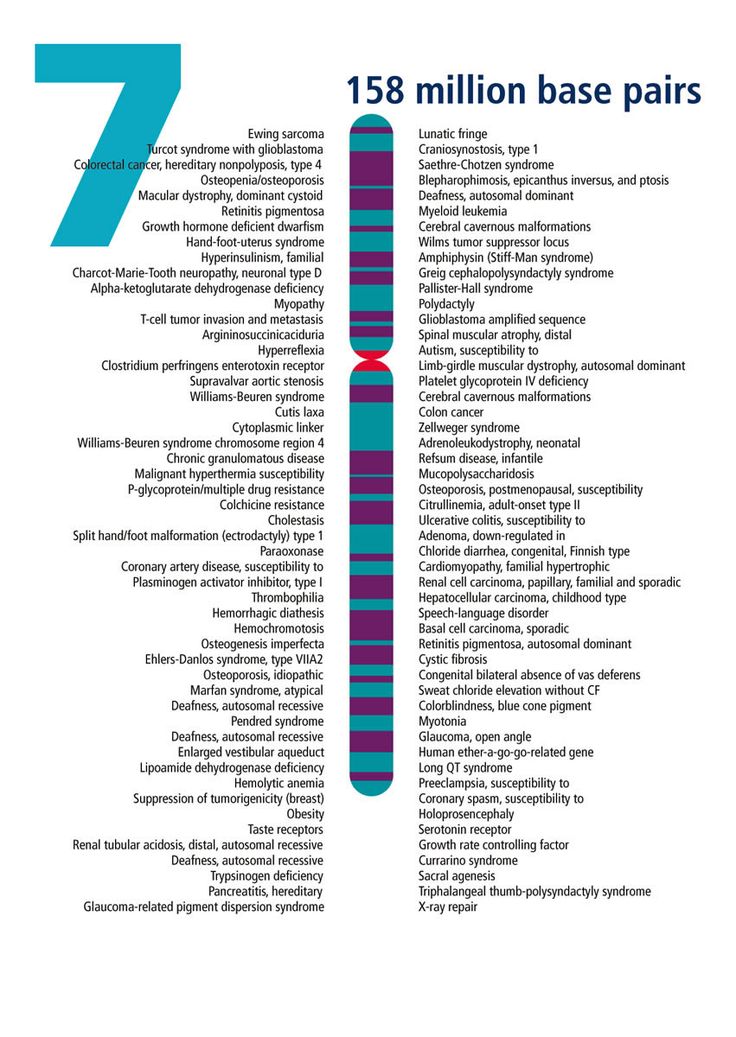
Pregnancy, Birth and Baby is provided on behalf of the Department of Health
Pregnancy, Birth and Baby’s information and advice are developed and managed within a rigorous clinical governance framework. This website is certified by the Health On The Net (HON) foundation, the standard for trustworthy health information.
This site is protected by reCAPTCHA and the Google Privacy Policy and Terms of Service apply.
This information is for your general information and use only and is not intended to be used as medical advice and should not be used to diagnose, treat, cure or prevent any medical condition, nor should it be used for therapeutic purposes.
The information is not a substitute for independent professional advice and should not be used as an alternative to professional health care. If you have a particular medical problem, please consult a healthcare professional.
Except as permitted under the Copyright Act 1968, this publication or any part of it may not be reproduced, altered, adapted, stored and/or distributed in any form or by any means without the prior written permission of Healthdirect Australia.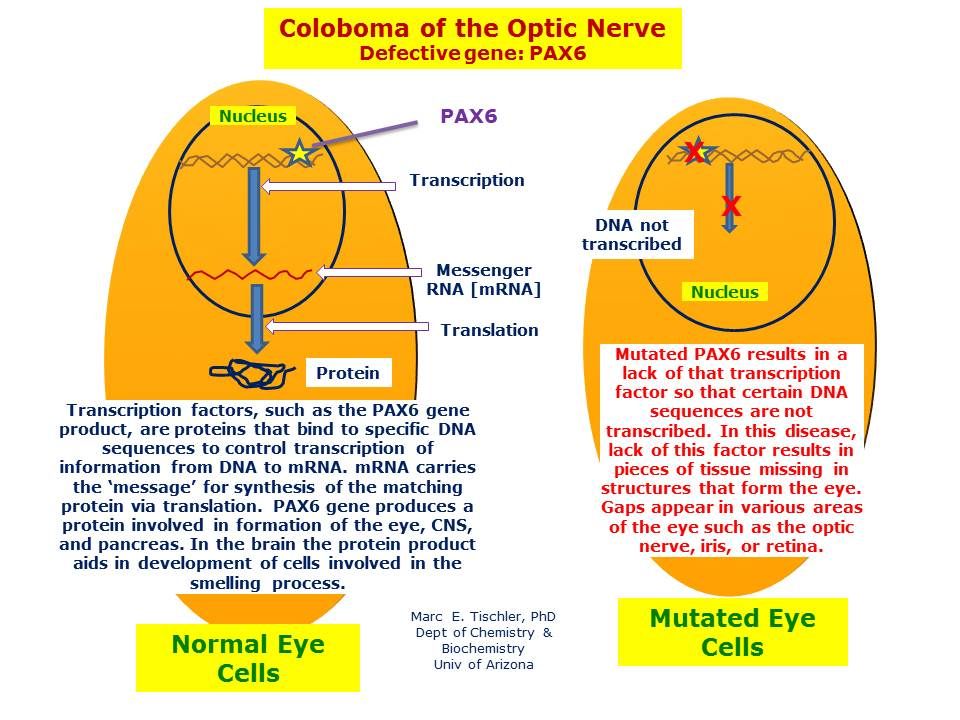
Support this browser is being discontinued for Pregnancy, Birth and Baby
Support for this browser is being discontinued for this site
- Internet Explorer 11 and lower
We currently support Microsoft Edge, Chrome, Firefox and Safari. For more information, please visit the links below:
- Chrome by Google
- Firefox by Mozilla
- Microsoft Edge
- Safari by Apple
You are welcome to continue browsing this site with this browser. Some features, tools or interaction may not work correctly.
Congenital genetic anomalies
Home / Congenital genetic anomalies
Genetic are diseases that occur due to defects in genes, chromosomal abnormalities. Every healthy person has 6-8 damaged genes, but they do not disrupt cell functions and do not lead to disease, because they are recessive (non-manifested).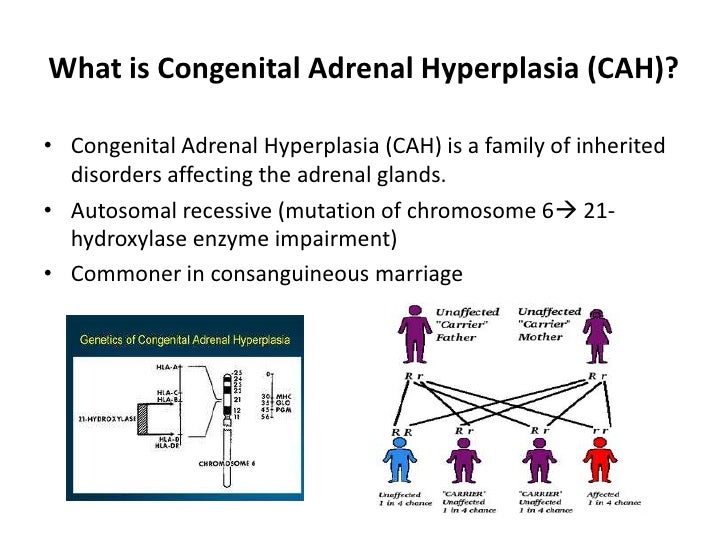 If a person inherits two similar abnormal genes from his mother and father, he becomes ill. The probability of such a coincidence is extremely small, but it increases dramatically if the parents are relatives (that is, they have a similar genotype). For this reason, the frequency of genetic abnormalities is high in closed populations.
If a person inherits two similar abnormal genes from his mother and father, he becomes ill. The probability of such a coincidence is extremely small, but it increases dramatically if the parents are relatives (that is, they have a similar genotype). For this reason, the frequency of genetic abnormalities is high in closed populations.
Each gene in the human body is responsible for the production of a specific protein. Due to the manifestation of a damaged gene, the synthesis of an abnormal protein begins, which leads to cell dysfunction and developmental defects.
A doctor can establish the risk of a possible genetic anomaly by asking you about the diseases of relatives “up to the third knee”, both on your part and on the part of your husband.
Currently, the problem of congenital malformations is relevant in many branches of medicine. According to long-term observation, more than 5.5% of children with congenital malformations are born in the world, mortality among newborns from congenital malformations is about 30% (up to 270 thousand children die annually under the age of 28 days of life).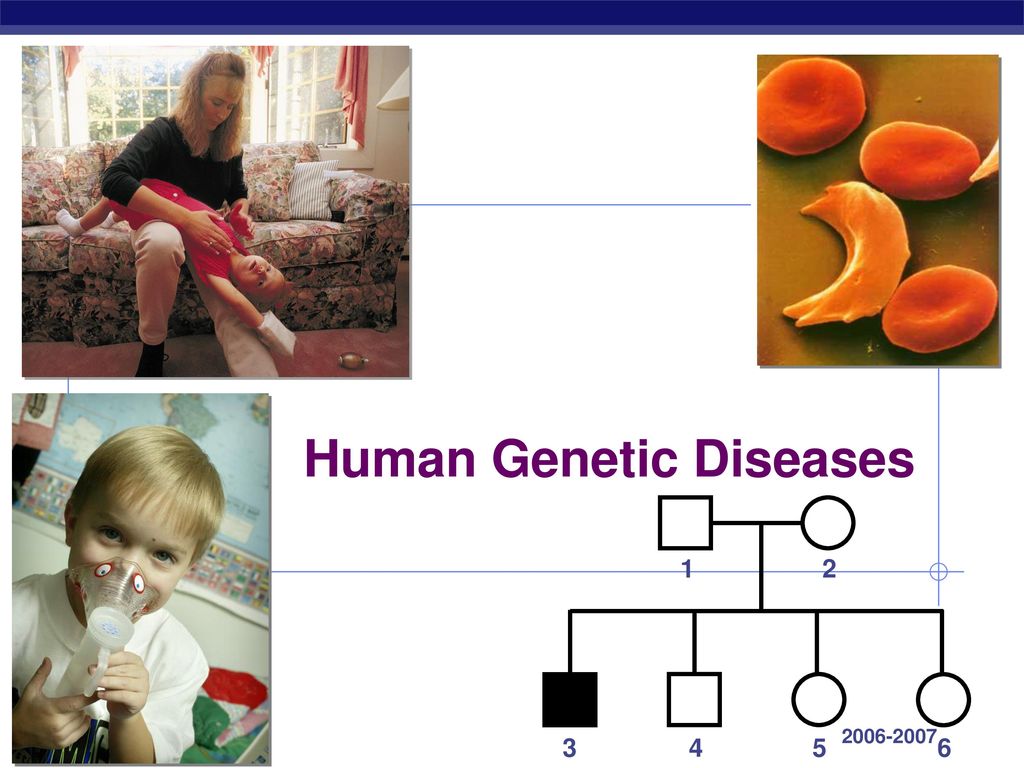 In the structure of perinatal mortality, congenital malformations in full-term children occupy the first place. About 10% of conceptions in the human population are accompanied by congenital anomalies in the development of the fetus. Approximately 0.5% of cases are chromosomal diseases, 0.7% are molecular pathologies, 1.8% are hereditary polygenic diseases, and about 7% are hereditary predispositions.
In the structure of perinatal mortality, congenital malformations in full-term children occupy the first place. About 10% of conceptions in the human population are accompanied by congenital anomalies in the development of the fetus. Approximately 0.5% of cases are chromosomal diseases, 0.7% are molecular pathologies, 1.8% are hereditary polygenic diseases, and about 7% are hereditary predispositions.
The viability of children with combined congenital malformations is increasingly considered as the main criterion in assessing the state of health. Despite the progress made in improving the quality of modern surgical care and intensive care for young children, the results of treatment, unfortunately, are not always encouraging.
When analyzing a diagnostic study of a detected congenital defect in a newborn, a neonatologist must identify the type of this pathology, its causes, belonging to a particular syndrome, and how often this defect is accompanied by other congenital diseases.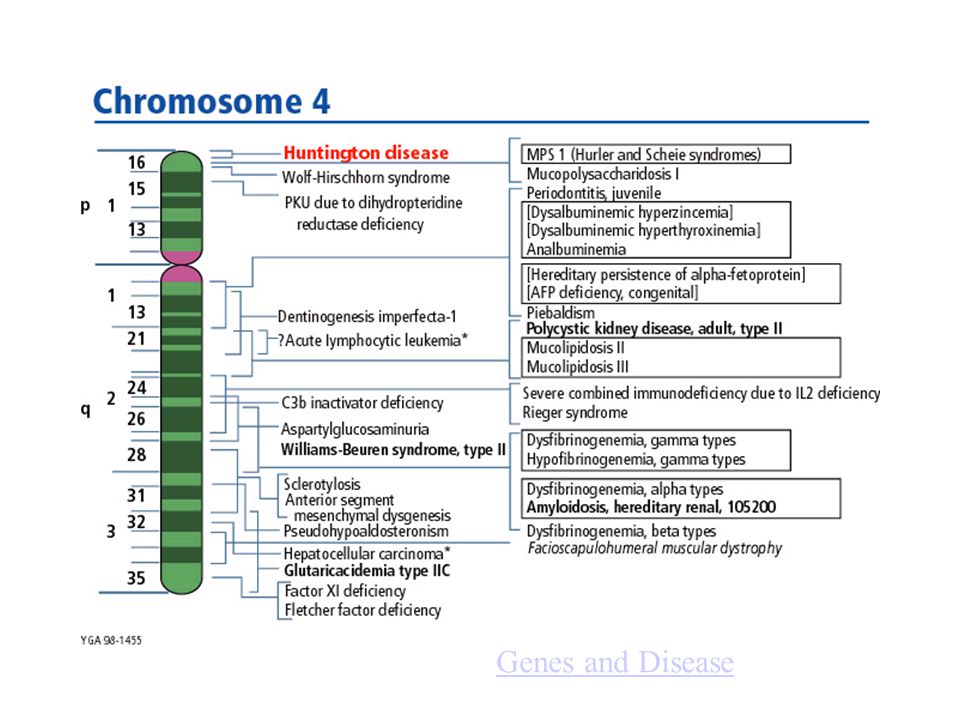
Congenital anomalies in the development of a child can be hereditary (due to gene mutations and chromosomal pathologies), teratogenic (acquired during pregnancy) and multifactorial (a combination of the first two factors). Of the various hereditary defects, a fairly common chromosomal disease should be distinguished - Down syndrome , in which the characteristic appearance of the child indicates his physical and mental retardation. Endocrine and hormonal pathologies of a pregnant woman, injuries during childbearing, oligohydramnios, viral diseases (rubella, influenza), intoxication of the body with chemicals, the intake of antidepressants, antibiotics, anticonvulsants by the expectant mother lead to deviations in the intrauterine development of the fetus. And sometimes the true causes of congenital anomalies are not possible for embryologists, geneticists and neonatologists to establish at all.
There are a great many pathological deviations in the development of children, since absolutely any organ of a child can undergo an abnormal anatomical structure or a degenerative-dystrophic condition.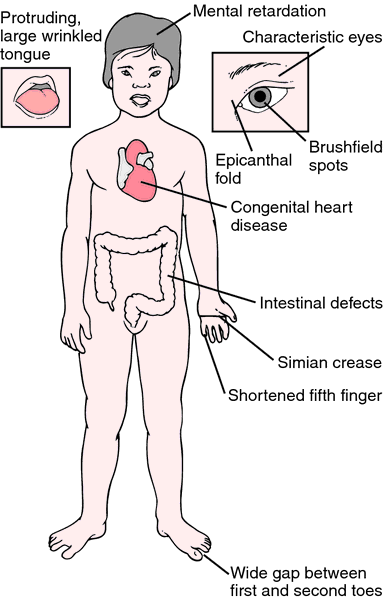 A common anomaly is congenital heart disease, accompanied by defects in the interventricular and interatrial septum, stenosis (narrowing) of the aortic valve, which lead to a change in intracardiac hemodynamics. Renal congenital pathologies are also common: fusion, absence of one kidney ( agenesis ), or the appearance of a third. There are known cases of abnormal elongation and thickening of the large intestine ( Hirschsprung's disease ), the occurrence of diaphragmatic hernia, the absence of testicles in the scrotum ( cryptorchidism ).
A common anomaly is congenital heart disease, accompanied by defects in the interventricular and interatrial septum, stenosis (narrowing) of the aortic valve, which lead to a change in intracardiac hemodynamics. Renal congenital pathologies are also common: fusion, absence of one kidney ( agenesis ), or the appearance of a third. There are known cases of abnormal elongation and thickening of the large intestine ( Hirschsprung's disease ), the occurrence of diaphragmatic hernia, the absence of testicles in the scrotum ( cryptorchidism ).
Of course, the external manifestations of childhood malformations look very unsightly. A child can be born with deformed or abnormally short upper and lower limbs ( clubfoot, lameness ), congenital dislocation of the hip, cleft lip, cleft palate, protruding chest, pathological bends of the spine. Often, melanin pigment is completely absent in the skin ( albinism ), so the child is contraindicated in sun exposure.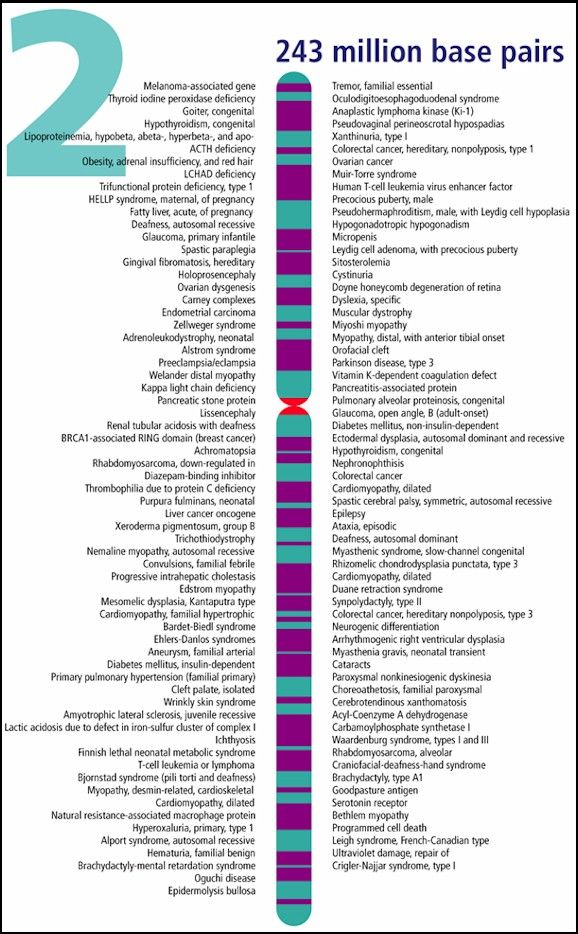 Sometimes there is an increased number ( polydactyly ) of fingers and toes or their fusion ( syndactyly ), absence of an anal opening ( atresia ), reduction in the size of the skull ( microcephaly ), drooping of the upper eyelid ( itosis ) .
Sometimes there is an increased number ( polydactyly ) of fingers and toes or their fusion ( syndactyly ), absence of an anal opening ( atresia ), reduction in the size of the skull ( microcephaly ), drooping of the upper eyelid ( itosis ) .
It should be noted that the numerous list of congenital malformations includes such diseases as a violation of the blood clotting factor ( hemophilia ), color blindness ( color blindness ), spina bifida ( spina bifida ). Many of these pathologies are treatable, some of them lead to lifelong disability, but, unfortunately, there are defects in which the child is not viable. These include complete absence of lungs or kidneys, skin ( acrania ), or cerebral hemispheres (anencephaly ).
Congenital malformations in children can develop immediately after fertilization, occur in the first weeks of pregnancy, or at later stages of bearing a child.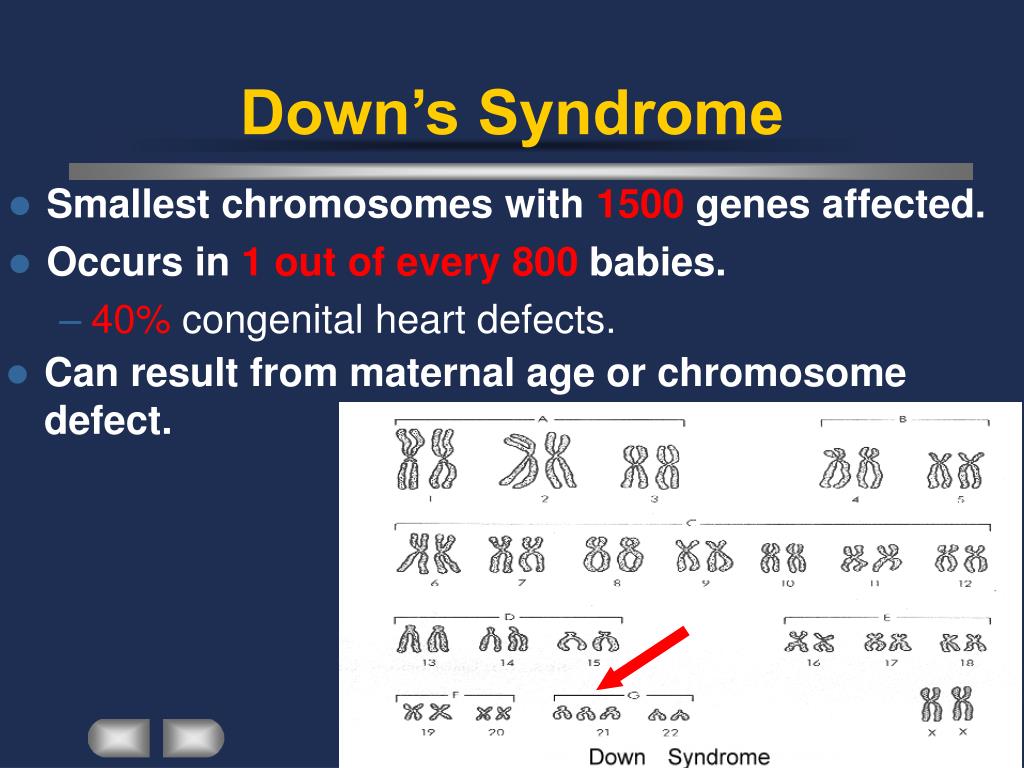 In this regard, pregnancy planning and prenatal diagnosis (medical genetic counseling), which involves a comprehensive examination of the health status of both spouses, are of great importance. This is especially true of persons in whose families people with abnormal deviations were previously born. Of course, today medicine has reached unprecedented heights, but it is better not to tempt fate and take care of the health of the unborn child long before pregnancy.
In this regard, pregnancy planning and prenatal diagnosis (medical genetic counseling), which involves a comprehensive examination of the health status of both spouses, are of great importance. This is especially true of persons in whose families people with abnormal deviations were previously born. Of course, today medicine has reached unprecedented heights, but it is better not to tempt fate and take care of the health of the unborn child long before pregnancy.
Each gene in the human body is responsible for the production of a specific protein. Due to the manifestation of a damaged gene, the synthesis of an abnormal protein begins, which leads to cell dysfunction and developmental defects.
The doctor can determine the risk of a possible genetic anomaly by asking you about the diseases of relatives “up to the third generation”, both on your side and on the side of your husband.
Turner syndrome is a disorder affecting girls characterized by the partial or total absence of one or two X chromosomes.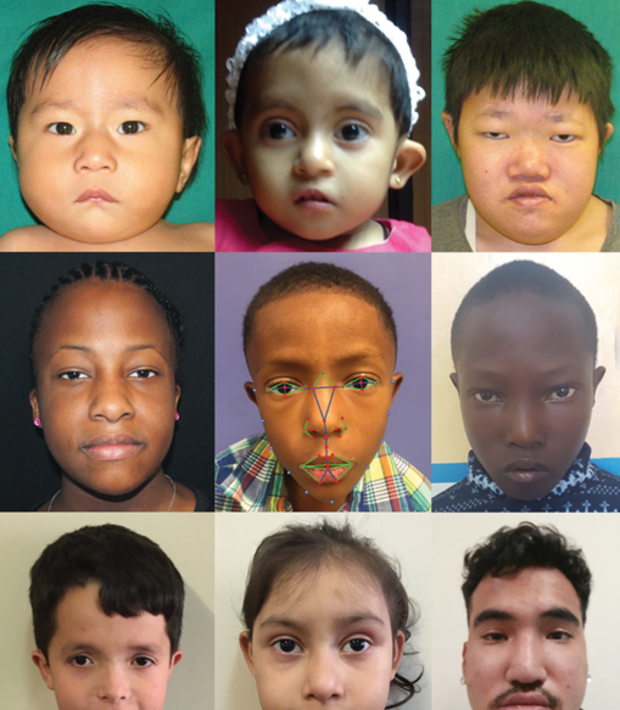 The disease occurs in one in 3,000 girls. Girls with this disease are usually very small and their ovaries do not function.
The disease occurs in one in 3,000 girls. Girls with this disease are usually very small and their ovaries do not function.
Trisomy X syndrome is a condition in which a girl is born with three X chromosomes. This disease occurs in an average of one in 1000 girls. The X-trisomy syndrome is characterized by a slight mental retardation and, in some cases, infertility.
Klinefelter syndrome is a disorder in which a boy has one extra chromosome. The disease occurs in one boy out of 700. Patients with Klinefelter's syndrome, as a rule, are tall, there are no noticeable external developmental anomalies (after puberty, facial hair growth is difficult and the mammary glands are slightly enlarged). Intellect in patients is usually normal, but speech disorders are common. Men with Klinefelter syndrome are usually infertile.
Cystic fibrosis is a genetic disease in which the functions of many glands are impaired. Cystic fibrosis only affects Caucasians.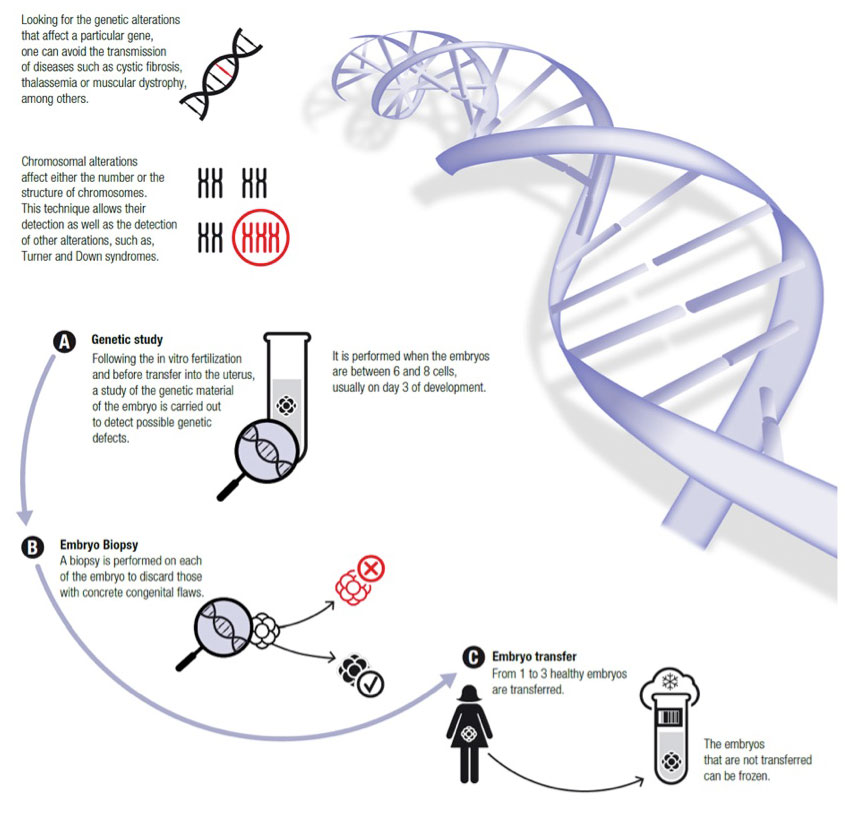 Approximately one in 20 white people has one damaged gene that, if manifested, can cause cystic fibrosis. The disease occurs when a person receives two of these genes (from the father and from the mother). In Russia, cystic fibrosis, according to various sources, occurs in one newborn out of 3500-5400, in the USA - in one out of 2500. With this disease, the gene responsible for the production of a protein that regulates the movement of sodium and chlorine through cell membranes is damaged. There is dehydration and an increase in the viscosity of the secretion of the glands. As a result, a thick secret blocks their activity. In patients with cystic fibrosis, protein and fat are poorly absorbed, as a result, growth and weight gain are greatly slowed down. Modern methods of treatment (taking enzymes, vitamins and a special diet) allow half of the patients with cystic fibrosis to live more than 28 years.
Approximately one in 20 white people has one damaged gene that, if manifested, can cause cystic fibrosis. The disease occurs when a person receives two of these genes (from the father and from the mother). In Russia, cystic fibrosis, according to various sources, occurs in one newborn out of 3500-5400, in the USA - in one out of 2500. With this disease, the gene responsible for the production of a protein that regulates the movement of sodium and chlorine through cell membranes is damaged. There is dehydration and an increase in the viscosity of the secretion of the glands. As a result, a thick secret blocks their activity. In patients with cystic fibrosis, protein and fat are poorly absorbed, as a result, growth and weight gain are greatly slowed down. Modern methods of treatment (taking enzymes, vitamins and a special diet) allow half of the patients with cystic fibrosis to live more than 28 years.
Hemophilia is a genetic disease characterized by increased bleeding due to a deficiency of one of the blood coagulation factors. The disease is inherited through the female line, while it affects the vast majority of boys (an average of one in 8500). Hemophilia occurs when the genes responsible for the activity of blood clotting factors are damaged. With hemophilia, frequent hemorrhages in the joints and muscles are observed, which can ultimately lead to their significant deformation (that is, to a person's disability). People with hemophilia should avoid situations that could lead to bleeding. Patients with hemophilia should not take drugs that reduce blood clotting (for example, aspirin, heparin, and some painkillers). To prevent or stop bleeding, the patient is given a plasma concentrate containing a large amount of the missing coagulation factor.
The disease is inherited through the female line, while it affects the vast majority of boys (an average of one in 8500). Hemophilia occurs when the genes responsible for the activity of blood clotting factors are damaged. With hemophilia, frequent hemorrhages in the joints and muscles are observed, which can ultimately lead to their significant deformation (that is, to a person's disability). People with hemophilia should avoid situations that could lead to bleeding. Patients with hemophilia should not take drugs that reduce blood clotting (for example, aspirin, heparin, and some painkillers). To prevent or stop bleeding, the patient is given a plasma concentrate containing a large amount of the missing coagulation factor.
Tay Sachs disease is a genetic disease characterized by the accumulation of phytanic acid (a product of the breakdown of fats) in tissues. The disease occurs mainly among Ashkenazi Jews and Canadians of French origin (in one newborn in 3600).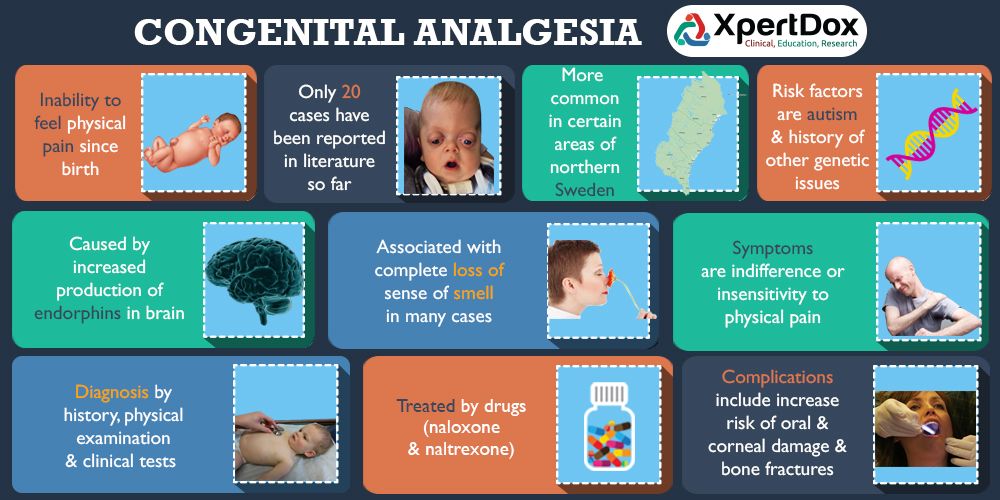 Children with Tay-Sachs disease are retarded from an early age, then they become paralyzed and blind. As a rule, patients live up to 3-4 years. There are no treatments for this disease.
Children with Tay-Sachs disease are retarded from an early age, then they become paralyzed and blind. As a rule, patients live up to 3-4 years. There are no treatments for this disease.
It is believed that the probability of having a baby with a congenital or hereditary pathology, the so-called population or general statistical risk, is approximately 3-5% for each pregnant woman. In rare cases, the probability of the birth of a child with a genetic disease can be predicted and the pathology can be diagnosed already in the period of intrauterine development of the child. Certain congenital malformations and diseases are established using laboratory biochemical, cytogenetic and molecular genetic methods even in the fetus, since some diseases are detected during a complex of prenatal (prenatal) diagnostic methods.
How are hereditary diseases transmitted?
Hereditary diseases are passed from one or both parents to children. They are caused by genetic mutations, but not all genetic diseases are hereditary.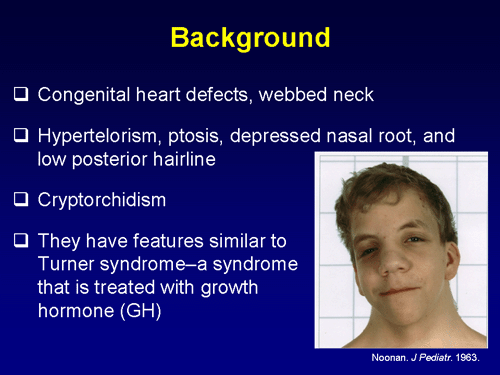 How to figure it out, what types of diseases are, how to treat them and how to diagnose - we tell in our article.
How to figure it out, what types of diseases are, how to treat them and how to diagnose - we tell in our article.
Contents
- What are hereditary diseases?
- How do hereditary diseases differ from congenital disorders?
- Types of hereditary diseases
- How are hereditary diseases transmitted?
- How to treat hereditary diseases and how to live with them?
- How can I know if I am a carrier of a hereditary disease?
- Note
What are hereditary diseases?
Hereditary diseases are diseases caused by gene or chromosome mutations. Humans have between 20,000 and 25,000 genes. A genetic mutation occurs when one or more genes change. If this genetic change is passed on to children, then it is an inherited genetic disease.
If partners have the same carrier status for certain diseases, there is a high risk of having a child with a hereditary disease. If you don't show symptoms of the disease, you can still be a carrier and pass the mutations on to your children.
Many genetically determined diseases do not appear immediately after birth, but after some time. From hereditary diseases should be distinguished congenital diseases caused by intrauterine damage, such as infection or external influences.
How do hereditary diseases differ from congenital disorders?
Genetic diseases are the result of a change in one or more genes and may or may not be passed down through generations.
All hereditary diseases are of genetic origin, that is, they are the result of a change in one or more genes and are transmitted from generation to generation. Symptoms may not appear from birth.
Congenital disorders may or may not be hereditary, and symptoms may be present from birth. But their appearance is not necessarily due to genetics.
Types of hereditary diseases
Hereditary diseases are divided into chromosomal, gene and mitochondrial.
Chromosomal diseases
Currently, about 1000 forms of chromosomal diseases have been described.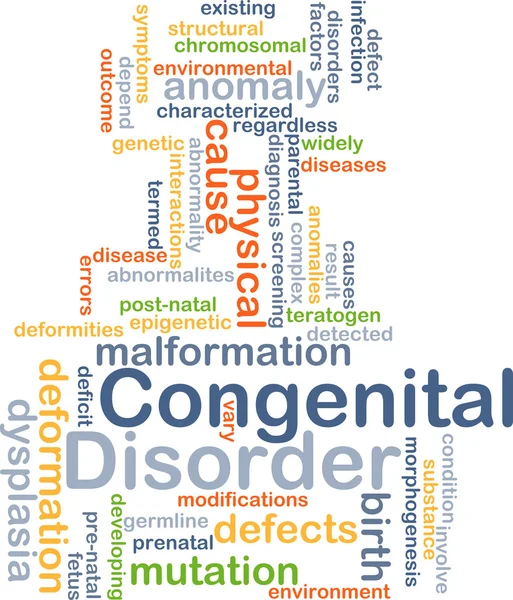 Chromosomal disorders result from changes in the number or structure of chromosomes. They are characterized by common features: small weight and body length at birth, retardation in mental and physical development, delay and anomalies of sexual development, and so on.
Chromosomal disorders result from changes in the number or structure of chromosomes. They are characterized by common features: small weight and body length at birth, retardation in mental and physical development, delay and anomalies of sexual development, and so on.
Chromosomal disorders are rarely inherited. And in more than 95% of cases, the risk of re-birth in the family of a child with a chromosomal pathology does not exceed the general population level. Chromosomal diseases with anomalies in the number of chromosomes include: Patau syndrome, Edwards syndrome, trisomy chromosome 8 syndrome. And chromosomal diseases with anomalies in the structure of chromosomes - DiGeorge syndrome, Wolff-Hirshhorn syndrome, cat's cry syndrome, Alfie syndrome, Orbeli syndrome.
Monogenic diseases
Monogenic diseases result from DNA damage at the gene level. The number of monogenic diseases, according to some estimates, reaches 5000.
Among the signs of monogenic diseases, one can single out: various forms of mental retardation, defects in the organs of hearing, vision, skeletal dysplasia, diseases of the nervous, endocrine, immune and other systems. Among the most well-known monogenic diseases are cystic fibrosis, hemophilia A and B, Gaucher disease, Duchenne/Becker muscular dystrophy, spinal muscular atrophy, color blindness.
Among the most well-known monogenic diseases are cystic fibrosis, hemophilia A and B, Gaucher disease, Duchenne/Becker muscular dystrophy, spinal muscular atrophy, color blindness.
Severe monogenic diseases can be detected using prenatal diagnostics, as well as by determining the presence of mutations in parents using a genetic test.
The most interesting thing for me was to learn about the peculiarities of metabolism. That is why I chose Atlas: only here there is a fairly voluminous section on this topic. For example, all my life I have struggled with weight, migraines, neck and back pain, and anemia.
Mitochondrial diseases
Mitochondrial diseases are caused by genetic, structural, biochemical defects in the functioning of mitochondria, which lead to impaired tissue respiration.
Mitochondria contain their own DNA. And diseases caused by mutations in mitochondrial DNA are inherited exclusively through the maternal line. If this is how a mitochondrial disease was inherited, there is a 100% chance that every child in the family will inherit it.
If this is how a mitochondrial disease was inherited, there is a 100% chance that every child in the family will inherit it.
Symptoms may include: impaired growth, muscle weakness, autism, mental disorders, breathing problems, hearing and vision problems. Examples of mitochondrial diseases: Leigh's syndrome, Wolff-Parkinson-White syndrome, Leber's hereditary optic neuropathy and others.
Polygenic or multifactorial diseases
There are also diseases with a hereditary predisposition, which are called multifactorial or polygenic diseases.
Multifactorial diseases are caused by hereditary risk factors, and to a large extent - by the adverse effects of the environment. Multifactorial diseases include most chronic diseases, including cardiovascular, endocrine, immune, neuropsychiatric, oncological, etc. For example, bronchial asthma, diabetes mellitus, rheumatoid arthritis, hypertension heart disease, etc.
How are hereditary diseases transmitted?
The human body is made up of trillions of cells.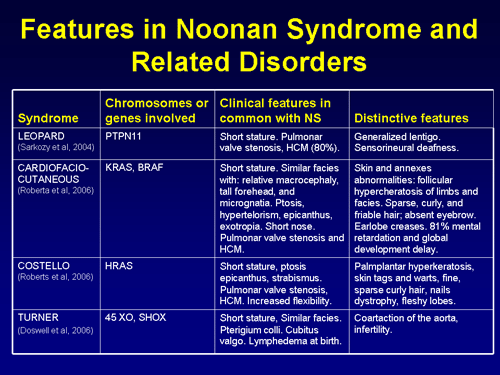 Every cell has a nucleus that contains chromosomes. Each chromosome is made up of tightly coiled strands of deoxyribonucleic acid (DNA).
Every cell has a nucleus that contains chromosomes. Each chromosome is made up of tightly coiled strands of deoxyribonucleic acid (DNA).
Genes are the instructions for assembling proteins in our bodies that determine the specific traits of each person, such as eye or hair color. Most cells in the body typically contain 46 chromosomes, organized into 23 pairs. Each of these 23 pairs has one inherited chromosome from the father and one from the mother. Of the 23 pairs, 22 pairs are the same in female and male organisms, and the remaining one determines whether you are a man (XY) or a woman (XX).
Mutations that cause hereditary diseases can be dominant or recessive.
Dominant inheritance means that only one copy of a gene—from the mother or father—must have the mutation (or pathogenic variant of the gene) to display the trait or disease. And with the recessive type, a person inherits two altered copies of the same gene.
Autosomal dominant inheritance pattern
In autosomal dominant inheritance of diseases, a genetically determined disease manifests itself if a person has at least one mutated gene, and this gene is not located on the sex (X and Y) chromosomes.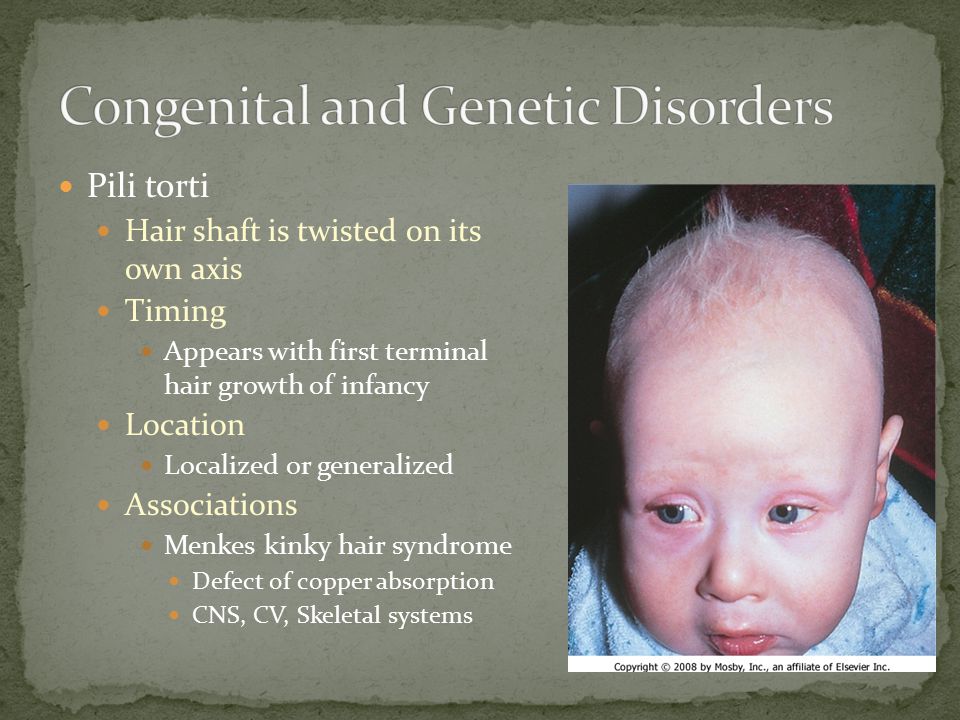
Huntington's disease and Marfan's syndrome are two examples of autosomal dominant diseases. Mutations in the BRCA1 and BRCA2 genes, which are also associated with breast cancer, are transmitted in this pattern.
Autosomal recessive inheritance pattern
Autosomal recessive inheritance mutates both copies of genes. To inherit an autosomal recessive disorder such as cystic fibrosis, spinal muscular atrophy, or phenylketonuria (PKU), both parents must be carriers. The child inherits two copies of the defective gene, one from each parent. For example, people who have one copy of a gene with a mutation and one without the mutation are called carriers because they themselves are healthy.
X-linked recessive inheritance
In X-linked recessive inheritance, the mutated gene is on the X chromosome. The disease manifests itself only if the person does not have another X chromosome with a normal copy of the same gene.
Duchenne muscular dystrophy, some types of color blindness, and hemophilia A are examples of X-linked recessive diseases.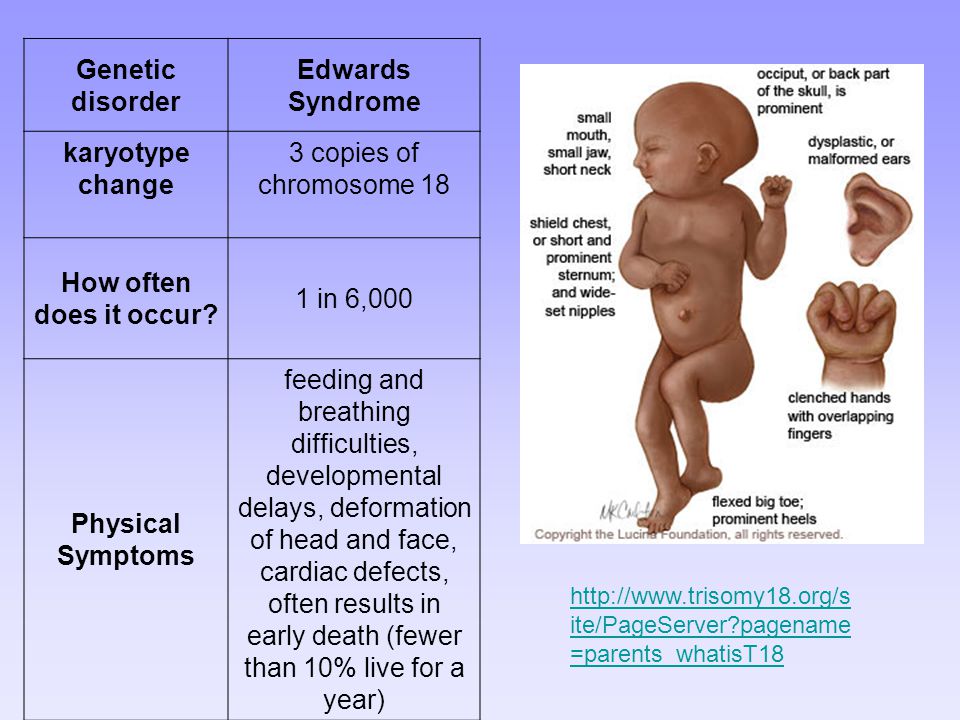 A man with an X-linked recessive disorder will pass on his intact Y chromosome to his sons, and none of them will be harmed. If he passes on his X chromosome (with the defective gene) to his daughters, they will all be carriers of the disease. His daughters may not have symptoms or only mild signs of the disease, but they can pass the mutated gene on to their children.
A man with an X-linked recessive disorder will pass on his intact Y chromosome to his sons, and none of them will be harmed. If he passes on his X chromosome (with the defective gene) to his daughters, they will all be carriers of the disease. His daughters may not have symptoms or only mild signs of the disease, but they can pass the mutated gene on to their children.
Female carriers of an X-linked recessive disease often have mild or no symptoms. This is because female carriers have one normal copy of the gene and one mutated copy. The normal copy usually compensates for the defective copy in females, unlike males, who only have one X chromosome.
Women with only one pathological gene pass the disease on average to half of their children, regardless of gender. Women who have two pathological genes transmit the disease to all their children. These diseases include hemophilia A and color blindness.
If you know or suspect that you or your partner has a family history of a genetic disorder, you can use the Atlas Genetic Test to determine this.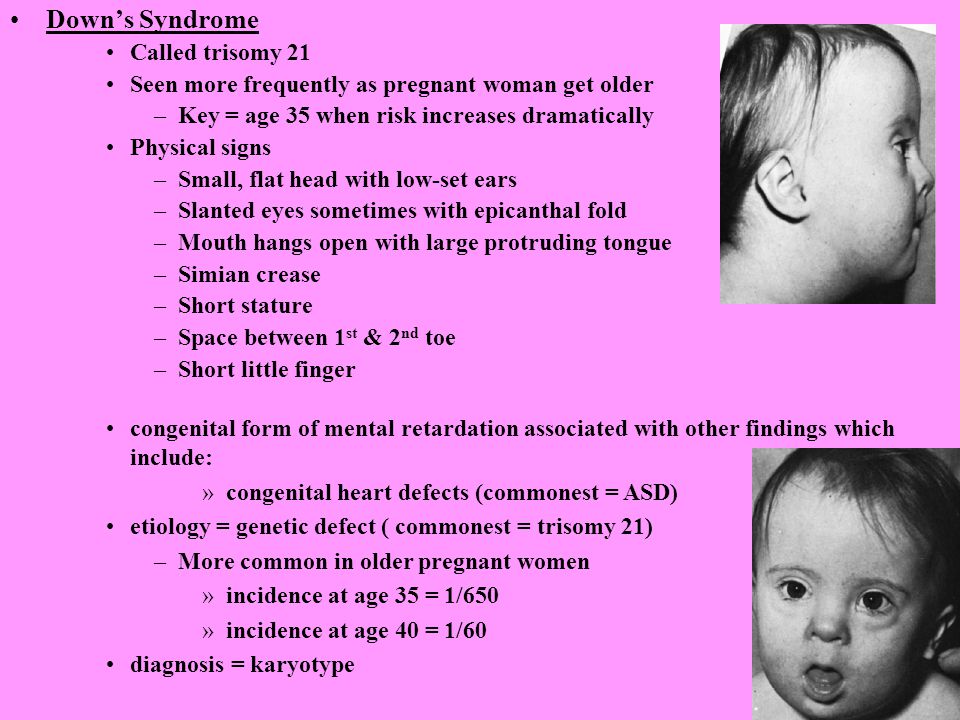 Genetic counseling will help you learn about treatments, preventive measures, and reproductive options.
Genetic counseling will help you learn about treatments, preventive measures, and reproductive options.
How to treat hereditary diseases and how to live with them?
Previously, hereditary diseases were incurable. Now it is still a problem for many diseases, but for some of them, treatments have already been found. For example, this applies to diseases associated with metabolic disorders.
In most hereditary metabolic disorders, one enzyme is either not produced by the body at all, or is produced in a form that does not work. For example, in the absence of any enzyme, toxic substances may accumulate in the body or the necessary product may not be synthesized - as in type 1 hemochromatosis.
In this disease, the body absorbs too much iron from food and cannot naturally get rid of the excess. This can lead to an excessive accumulation of iron in the heart, pancreas, and liver.
The treatment of genetic metabolic disorders follows two general principles:
- It is necessary to reduce or eliminate the intake of any food or medicine that is not absorbed by the body.
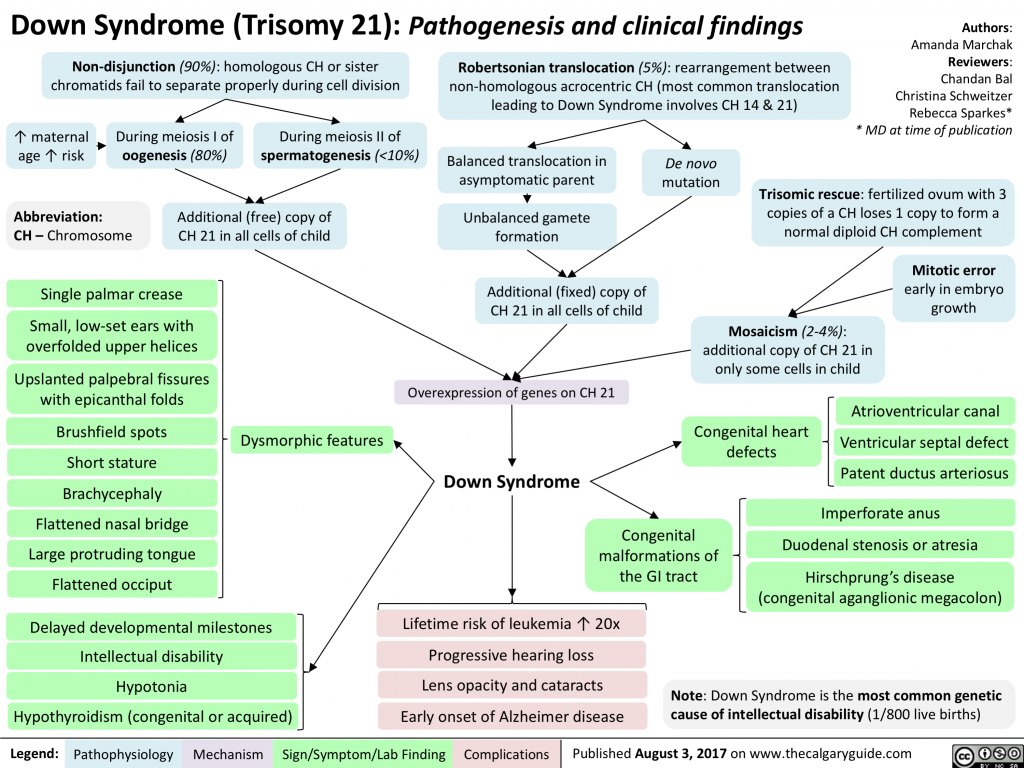
- Replace or replace missing or inactive enzyme to restore metabolism through diet and/or drugs.
There are more serious and common hereditary diseases that are not treated. For example, mecoviscidosis is an accumulation of mucus in the lungs and in the digestive system. There is no cure for cystic fibrosis, but various methods of controlling symptoms can help prevent or reduce complications and make life easier with the disease.
Cystic fibrosis progresses over time and can be fatal, especially if co-infections are present. Today, thanks to advances in medicine, about half of people with cystic fibrosis live to be 40 years old. Children born with this disease today will be able to live even longer.
One of the most severe inherited diseases, spinal muscular atrophy, has also recently been treated with gene therapy. But this method is not available to everyone. The drug for the treatment of SMA is the most expensive drug in the world.
Treatment or relief of genetic diseases became possible thanks to the international project "Human Genome" for the study and mapping of human genes, there was a breakthrough in the diagnosis and treatment of hereditary diseases.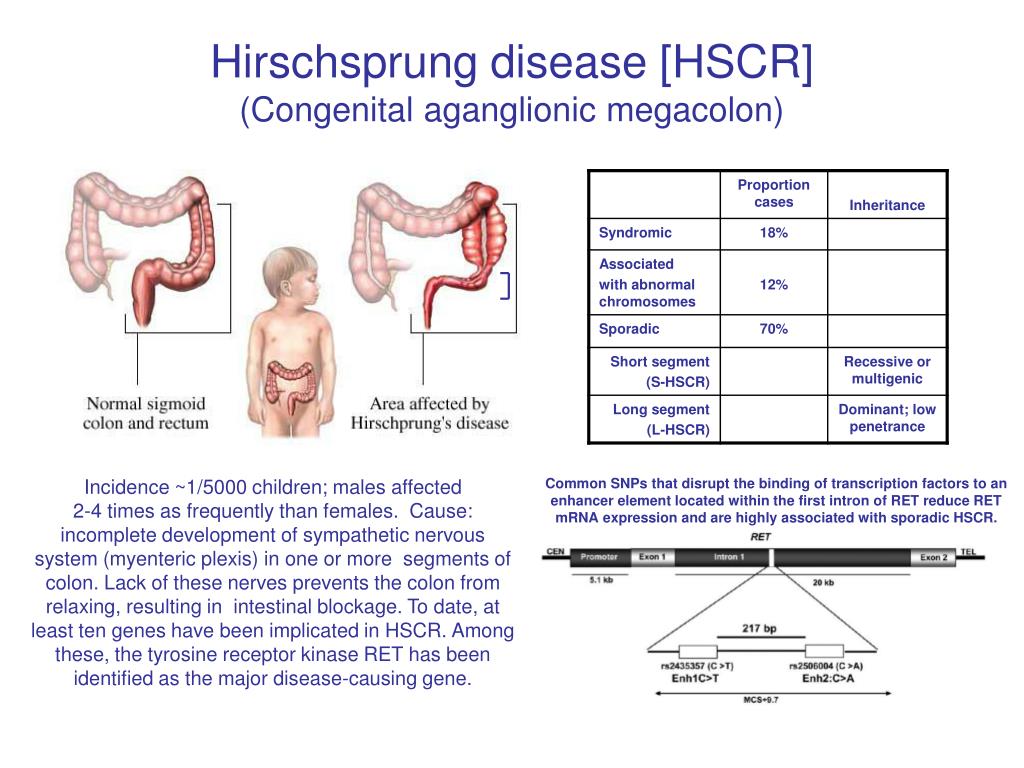 The results of the project help not only to find genes whose mutations lead to diseases, but also to diagnose them with maximum accuracy.
The results of the project help not only to find genes whose mutations lead to diseases, but also to diagnose them with maximum accuracy.
How can I find out if I am a carrier of a genetic disease?
Our genes contain instructions that tell the body how to function properly. When these instructions are changed, various diseases develop. In many cases, symptoms first appear in adulthood, so sometimes we don't know we're carriers. To prevent the risks of developing and transmitting a hereditary disease, you can use the Atlas Genetic Test.
Note:
- Hereditary diseases are diseases caused by gene or chromosome mutations.
- If partners have the same carrier status for certain diseases, there is a high risk of having a child with a hereditary disease. Therefore, when planning a pregnancy, it is important to undergo genetic testing.
- Mutations that cause hereditary diseases can be dominant or recessive. In dominant inheritance, only one copy of a gene—from the mother or father—must have the mutation to display the trait or disease.






